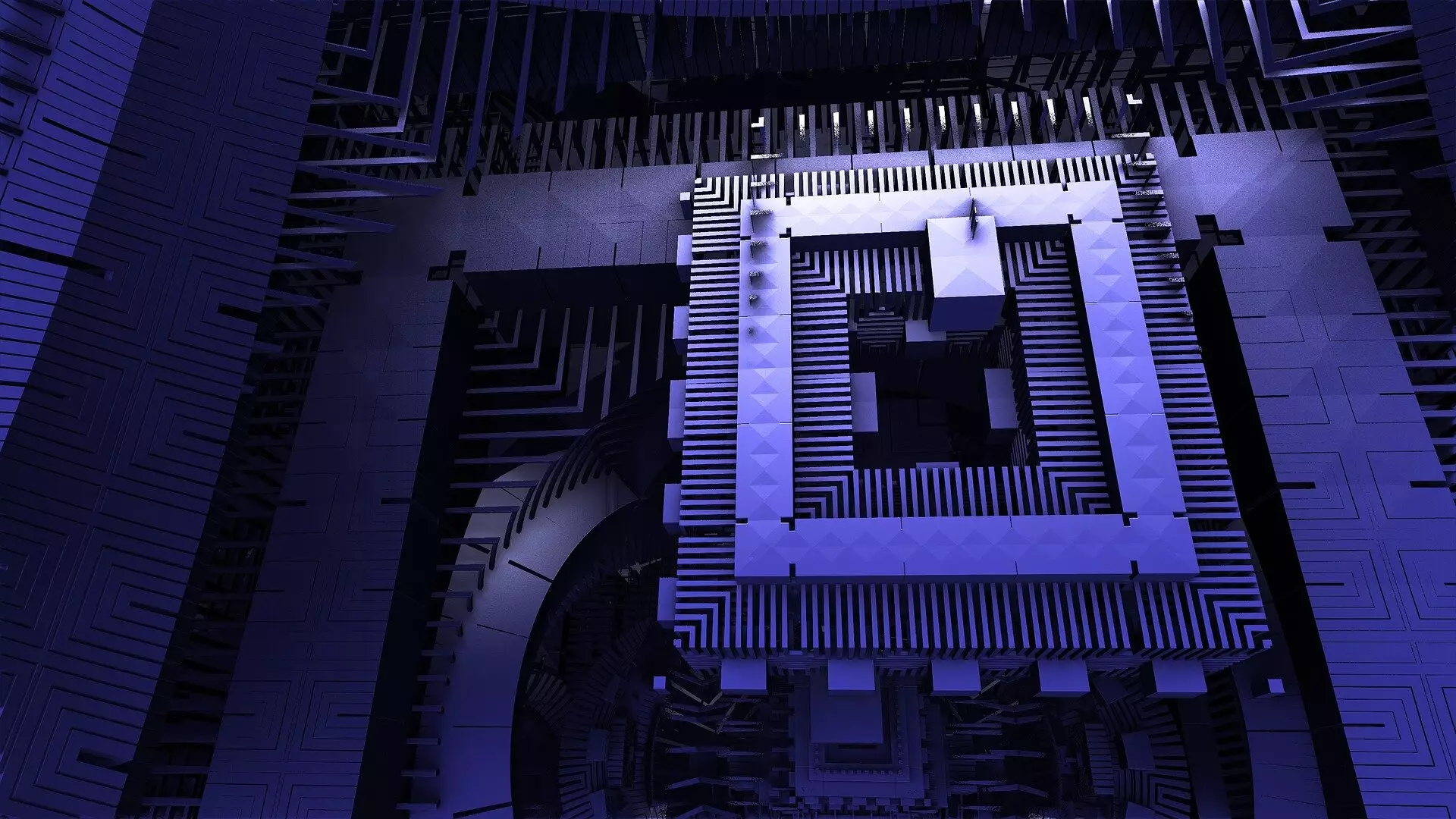The field of quantum computing is still in its infancy, with the development of practical quantum computers still a distant goal. Despite this, researchers like Ph.D. candidate Casper Gyurik are already exploring the potential applications of quantum computing, particularly in combination with machine learning techniques. This article delves into Gyurik’s research and the possibilities that arise from merging these two innovative fields.
Machine learning, a subset of artificial intelligence, involves computers learning from data without being explicitly programmed. Traditionally, this learning takes place on classical computers, using conventional algorithms. On the other hand, quantum computing leverages the principles of quantum mechanics to perform computations, potentially offering significant speed and efficiency improvements. While practical quantum computers are still theoretical, scientists can simulate quantum processes on classical computers.
Gyurik’s research aims to enhance machine learning techniques by incorporating quantum algorithms. By translating classical data into a quantum format, running quantum algorithms, and then translating the results back, he seeks to identify tasks where quantum computing outperforms classical methods. One promising area is topological data analysis, which can extract essential information from large datasets. Gyurik believes that quantum computing may excel in solving certain types of complex problems efficiently.
Although the exact applications of quantum computing in machine learning are still uncertain, Gyurik speculates on a few possibilities. One intriguing use case is analyzing time series data, such as financial trends, to predict crises before they occur. Additionally, complex networks like the human brain could benefit from quantum-enabled analysis. Understanding conditions like Alzheimer’s disease may be aided by applying topological data analysis with quantum computing.
As advancements in quantum computing continue to progress, the practical implications of combining quantum techniques with machine learning are becoming clearer. Gyurik reflects on the collaborative efforts within the research community to unlock the full potential of quantum computing. While the exact trajectory of his research is uncertain, Gyurik is committed to further exploring the intersection of quantum computing and machine learning.
The fusion of quantum computing and machine learning holds immense promise for solving complex problems and advancing artificial intelligence. Researchers like Gyurik are at the forefront of this exciting interdisciplinary field, pushing the boundaries of what is possible with emerging technologies. As quantum computers evolve and become more accessible, the impact of quantum machine learning on various industries could be transformative.


Leave a Reply